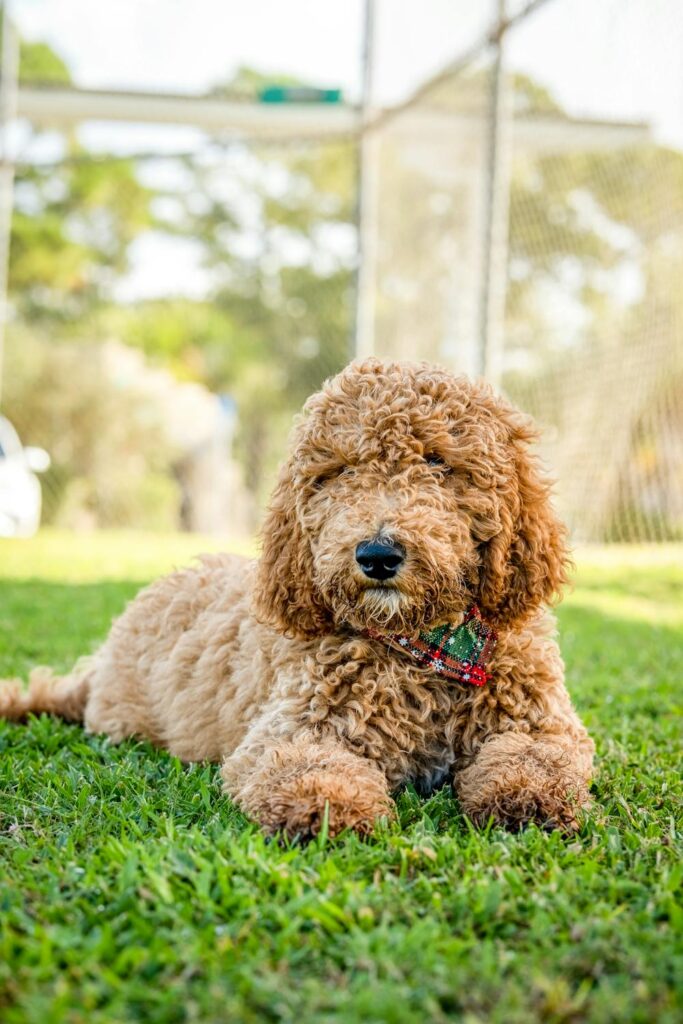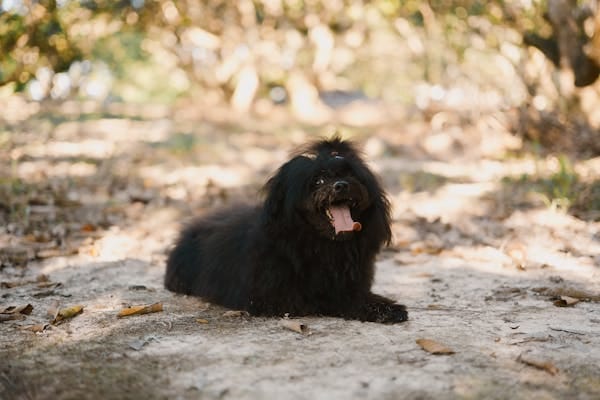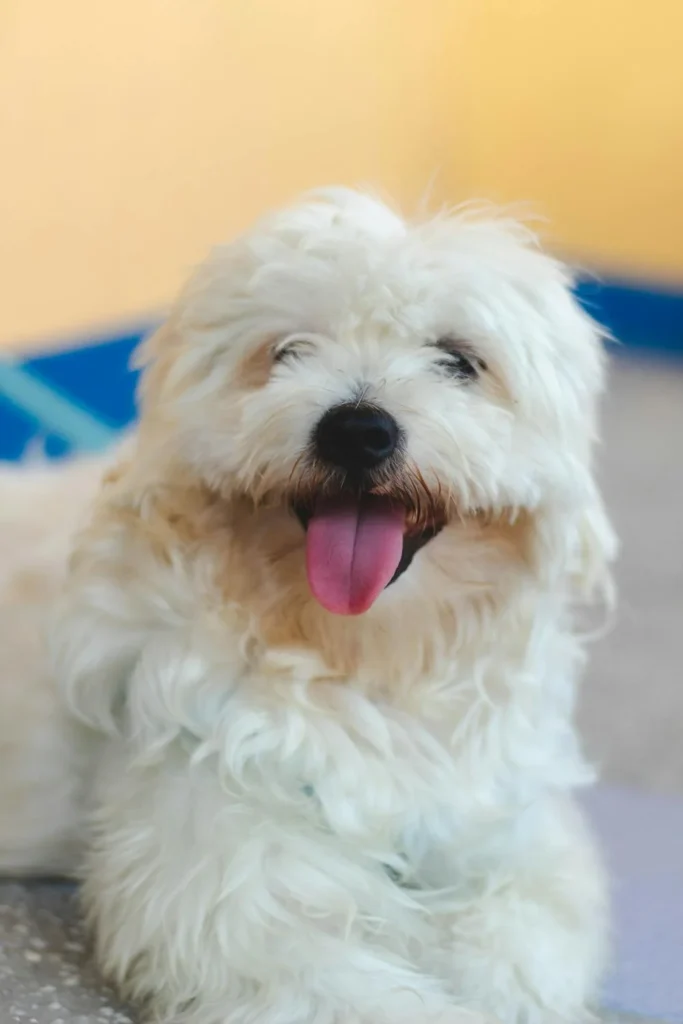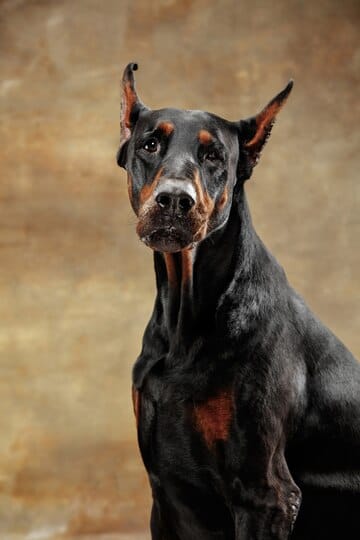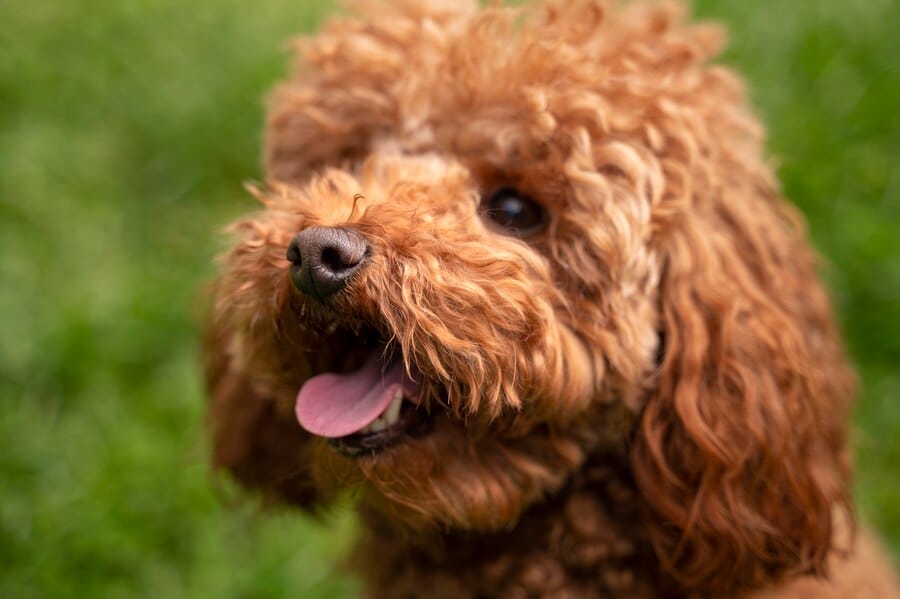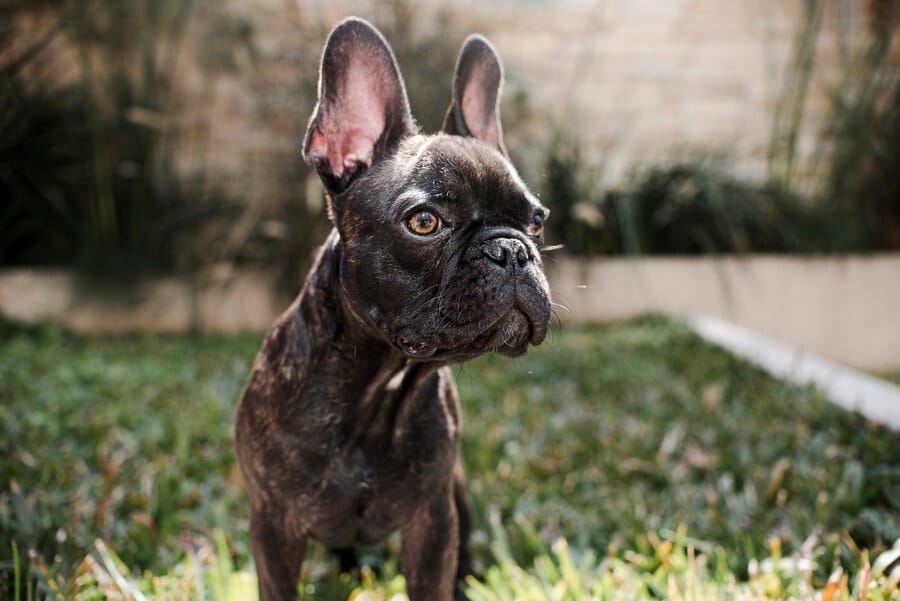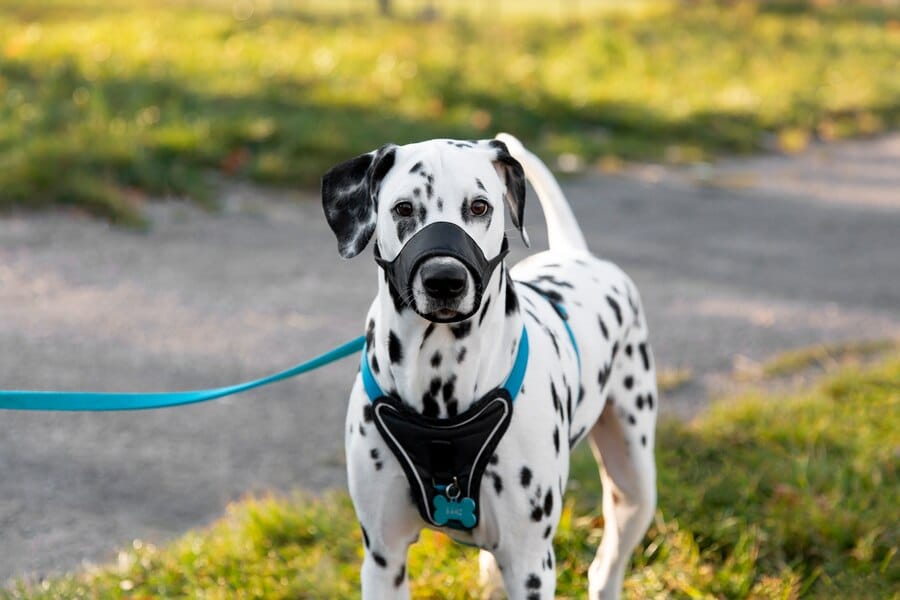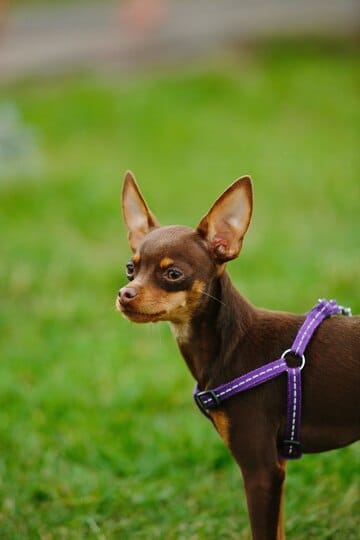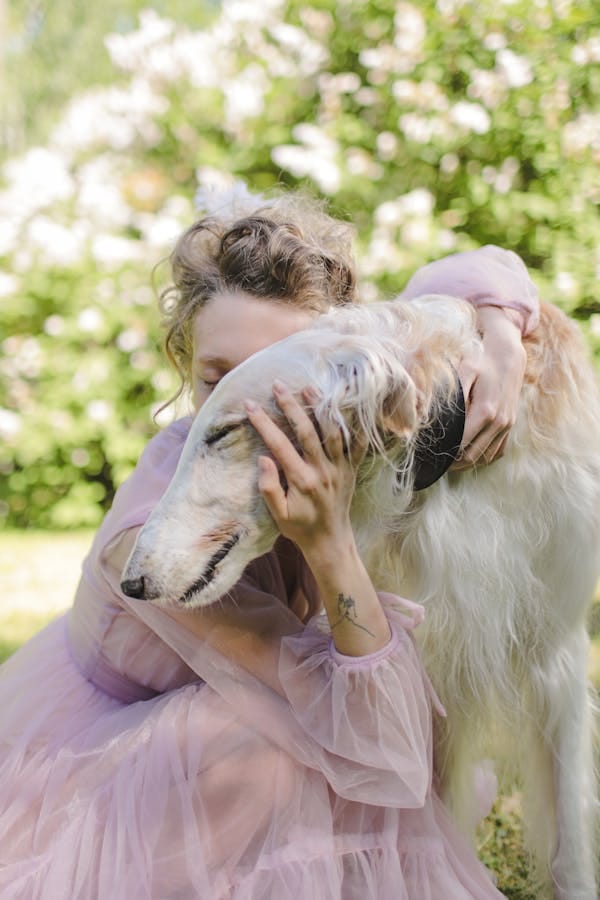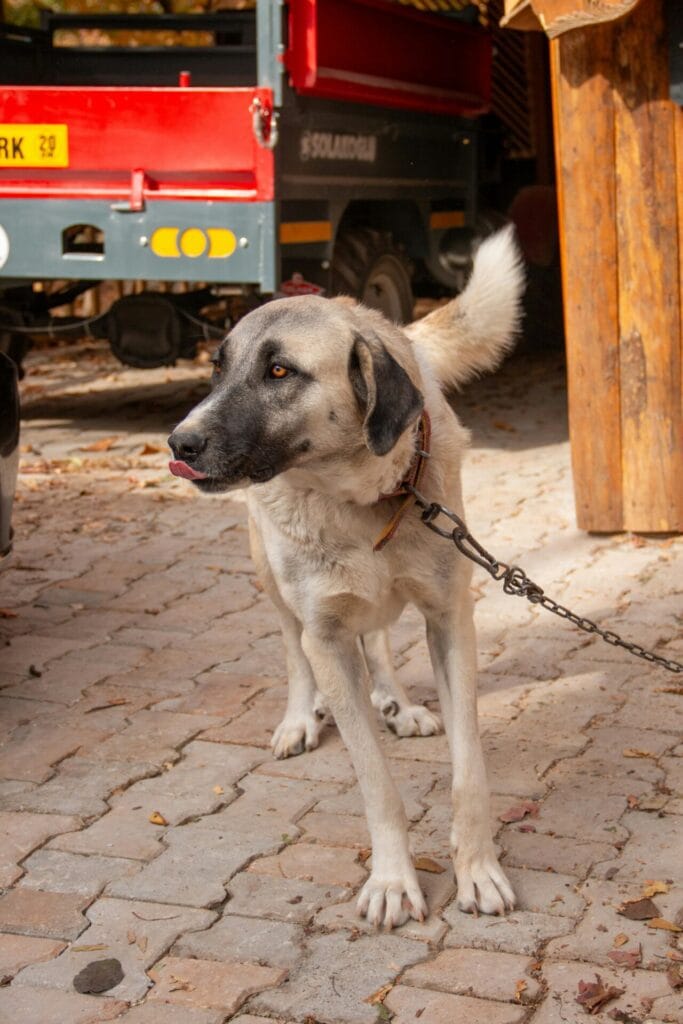- Introduction: The Energetic Enigma of Poodles 🧩
- Poodle Energy: A Historical Perspective 📜
- Poodle Varieties: Size Matters (But Not How You Might Think!) 📏
- The Poodle Energy Spectrum: It’s Not One-Size-Fits-All 🌈
- Poodles vs. Other Breeds: An Energy Showdown 🥊
- Poodles vs. Other Hypoallergenic Breeds: Energy Comparison 🤧
- The “Low-Energy Poodle” Myth: Debunked! 🕵️♀️
- Channeling Poodle Energy: Activities They Love 🎾
- Signs of a Low-Energy Poodle: When to Pay Attention 👀
- The Age Factor: How Poodle Energy Changes Over Time 🕰️
- Poodle Energy and Living Spaces: Urban vs. Rural 🏙️🌳
- The Poodle-Human Energy Match: Finding Your Perfect Fit 🤝
- Consequences of Ignoring Poodle Energy Needs: The Dark Side 🌑
- Breeds Often Confused with Poodles: Energy Comparison 🔍
- Conclusion: Embracing the Poodle’s Energetic Spirit 🌟
- FAQs About Poodle Energy Levels 🤔
Introduction: The Energetic Enigma of Poodles 🧩
When you think of a Poodle, what comes to mind? Elegant show dogs with fancy haircuts? While that’s part of their charm, there’s so much more to these curly-coated canines. Today, we’re diving into the world of Poodle energy levels. Are Poodles really the calm, low-energy dogs some people believe them to be? Let’s unleash the truth and explore the vibrant world of Poodle vitality! 🏃♂️💨
Poodle Energy: A Historical Perspective 📜
Before we jump into the energy levels of modern Poodles, let’s take a quick look at their working history:
- Retrievers: Originally bred as water retrievers for hunters
- Circus performers: Known for their intelligence and trainability
- Companion dogs: Adapted to various lifestyles over time
This diverse background has shaped the Poodle’s energy levels and adaptability. Let’s break it down further:
| Era | Primary Role | Energy Requirement |
|---|---|---|
| Pre-18th century | Water retriever | High |
| 18th-19th century | Circus performer | High |
| 20th century onwards | Companion/Show dog | Moderate to High |
Poodle Varieties: Size Matters (But Not How You Might Think!) 📏
Poodles come in three official sizes, each with its own energy profile:
- Standard Poodle (over 15 inches tall)
- Miniature Poodle (10-15 inches tall)
- Toy Poodle (under 10 inches tall)
Let’s compare their energy levels:
| Poodle Size | Average Energy Level | Exercise Needs |
|---|---|---|
| Standard | High | 1-2 hours/day |
| Miniature | Moderate to High | 45-60 minutes/day |
| Toy | Moderate | 30-45 minutes/day |
Surprised? Many people assume smaller dogs have higher energy, but with Poodles, it’s often the opposite! 🔄
The Poodle Energy Spectrum: It’s Not One-Size-Fits-All 🌈
Like humans, Poodles have individual personalities and energy levels. Let’s break it down:
High-energy Poodles:
- Love long walks, runs, or swims
- Excel in dog sports
- Need plenty of mental stimulation
Moderate-energy Poodles:
- Enjoy regular exercise but also appreciate downtime
- Adapt well to various lifestyles
- Balance play and relaxation
Lower-energy Poodles:
- Content with shorter walks and play sessions
- May be more laid-back or older dogs
- Still need daily exercise and mental stimulation
Remember, even “low-energy” Poodles aren’t couch potatoes! They still need regular activity. 🛋️🚫
Poodles vs. Other Breeds: An Energy Showdown 🥊
How do Poodles stack up against other popular breeds? Let’s compare:
| Breed | Average Energy Level | Exercise Needs |
|---|---|---|
| Standard Poodle | High | 1-2 hours/day |
| Labrador Retriever | High | 1-2 hours/day |
| Golden Retriever | High | 1-2 hours/day |
| Chihuahua | Moderate | 30-60 minutes/day |
| Bulldog | Low to Moderate | 30-45 minutes/day |
| Border Collie | Very High | 2+ hours/day |
As you can see, Poodles are right up there with other active breeds! 🏃♀️💨
Poodles vs. Other Hypoallergenic Breeds: Energy Comparison 🤧
Poodles are often chosen for their hypoallergenic qualities. But how do they compare energy-wise to other low-shedding breeds?
| Breed | Average Energy Level | Exercise Needs |
|---|---|---|
| Standard Poodle | High | 1-2 hours/day |
| Bichon Frise | Moderate to High | 45-60 minutes/day |
| Portuguese Water Dog | High | 1-2 hours/day |
| Soft Coated Wheaten Terrier | Moderate to High | 45-60 minutes/day |
| Maltese | Moderate | 30-45 minutes/day |
Poodles are among the more energetic hypoallergenic options! 🏆
The “Low-Energy Poodle” Myth: Debunked! 🕵️♀️
So, where did the idea of low-energy Poodles come from? A few factors contribute to this misconception:
- Adaptability: Poodles adjust well to their owner’s lifestyle
- Intelligence: They can be calm and well-behaved when trained
- Age: Older Poodles naturally become less energetic
- Individual variation: Some Poodles are naturally calmer
But make no mistake – a typical Poodle is far from a low-energy dog! 🚫💤
Channeling Poodle Energy: Activities They Love 🎾
Poodles thrive on both physical and mental stimulation. Here are some activities they often enjoy:
- Fetch: Taps into their retriever instincts
- Agility: Challenges both body and mind
- Swimming: Many Poodles love water
- Puzzle toys: Engages their problem-solving skills
- Obedience training: Mentally stimulating and rewarding
The key is finding activities that engage both body and brain! 🧠💪
Signs of a Low-Energy Poodle: When to Pay Attention 👀
While Poodles are generally energetic, unusually low energy could indicate an issue:
- Sudden decrease in activity: Could signal illness or injury
- Reluctance to play: Might indicate pain or discomfort
- Excessive sleeping: More than usual could be a red flag
- Lack of interest in walks: Unusual for most healthy Poodles
Always consult your vet if you notice significant changes in your Poodle’s energy levels. 👨⚕️
The Age Factor: How Poodle Energy Changes Over Time 🕰️
Poodle energy levels naturally evolve as they age:
| Life Stage | Energy Level | Exercise Needs |
|---|---|---|
| Puppy (0-1 year) | Very High | Short, frequent sessions |
| Adult (1-7 years) | High | 1-2 hours/day |
| Senior (7+ years) | Moderate to Low | 30-60 minutes/day, lower impact |
Adjust your expectations and activities as your Poodle grows older. 👴🐩
Poodle Energy and Living Spaces: Urban vs. Rural 🏙️🌳
Poodles can adapt to various living situations, but their energy needs remain:
| Living Environment | Energy Considerations |
|---|---|
| Apartment | Need more structured exercise, mental stimulation |
| Suburban Home | Benefit from a fenced yard, regular walks |
| Rural Area | Enjoy more space, still need directed activities |
Remember, living space doesn’t determine energy – genetics and individual personality do! 🧬
The Poodle-Human Energy Match: Finding Your Perfect Fit 🤝
Choosing a Poodle that matches your energy level is crucial:
- Active individuals: Standard or high-energy Miniature Poodles
- Moderately active: Miniature or calmer Standard Poodles
- Less active: Toy Poodles or older, calmer Poodles
Be honest about your lifestyle to find your ideal Poodle partner! 🏋️♀️🛋️
Consequences of Ignoring Poodle Energy Needs: The Dark Side 🌑
Failing to meet a Poodle’s energy needs can lead to:
- Destructive behavior: Chewing, digging, excessive barking
- Obesity: Leading to various health issues
- Anxiety: Manifesting as nervousness or aggression
- Depression: Resulting in lethargy and disinterest
A tired Poodle is a happy Poodle – mentally and physically! 😊💤
Breeds Often Confused with Poodles: Energy Comparison 🔍
Some breeds are often mistaken for Poodles. Let’s compare their energy levels:
| Breed | Average Energy Level | Often Confused With |
|---|---|---|
| Poodle | High | – |
| Bichon Frise | Moderate to High | Toy/Miniature Poodle |
| Portuguese Water Dog | High | Standard Poodle |
| Soft Coated Wheaten Terrier | Moderate to High | Poodle mix |
| Labradoodle | High | Standard Poodle |
Know your breeds to understand their unique energy needs! 🐾
Conclusion: Embracing the Poodle’s Energetic Spirit 🌟
So, are Poodles low-energy dogs? Not by a long shot! These intelligent, versatile canines are typically vibrant, active companions who thrive on physical and mental stimulation. While individual Poodles may have varying energy levels, and they often adapt well to their owner’s lifestyle, it’s crucial to recognize and meet their inherent need for activity.
Whether you’re jogging with a Standard Poodle, playing fetch with a Miniature, or engaging a Toy Poodle with puzzle toys, remember that a well-exercised Poodle is a happy, healthy, and well-behaved Poodle. Embrace their energetic spirit, provide appropriate outlets for their vitality, and you’ll have a joyful, devoted companion for years to come.
So, lace up those walking shoes, grab a tennis ball, and get ready to match the energy of your Poodle pal. After all, a little extra pep in your step never hurt anyone – just ask your Poodle! 🏃♂️🐩💖
FAQs About Poodle Energy Levels 🤔
- Q: Can Poodles be lazy?
A: While Poodles can have moments of relaxation, true laziness is not typical of the breed and could indicate a health issue. - Q: Do Poodles calm down with age?
A: Yes, Poodles generally become calmer as they age, but they still require regular exercise and mental stimulation. - Q: Are male or female Poodles more energetic?
A: Energy levels can vary more between individuals than between sexes, but some owners report male Poodles as slightly more energetic. - Q: Can I train my Poodle to be less energetic?
A: While you can’t change a Poodle’s inherent energy level, proper training and adequate exercise can lead to calmer behavior. - Q: Are Poodle mixes (Doodles) less energetic than purebred Poodles?
A: Energy levels in Poodle mixes can vary widely depending on the other breed involved and individual genetics.
Remember, every Poodle is unique. Understanding and meeting your individual dog’s energy needs is key to a happy, healthy relationship! 🐾💖

